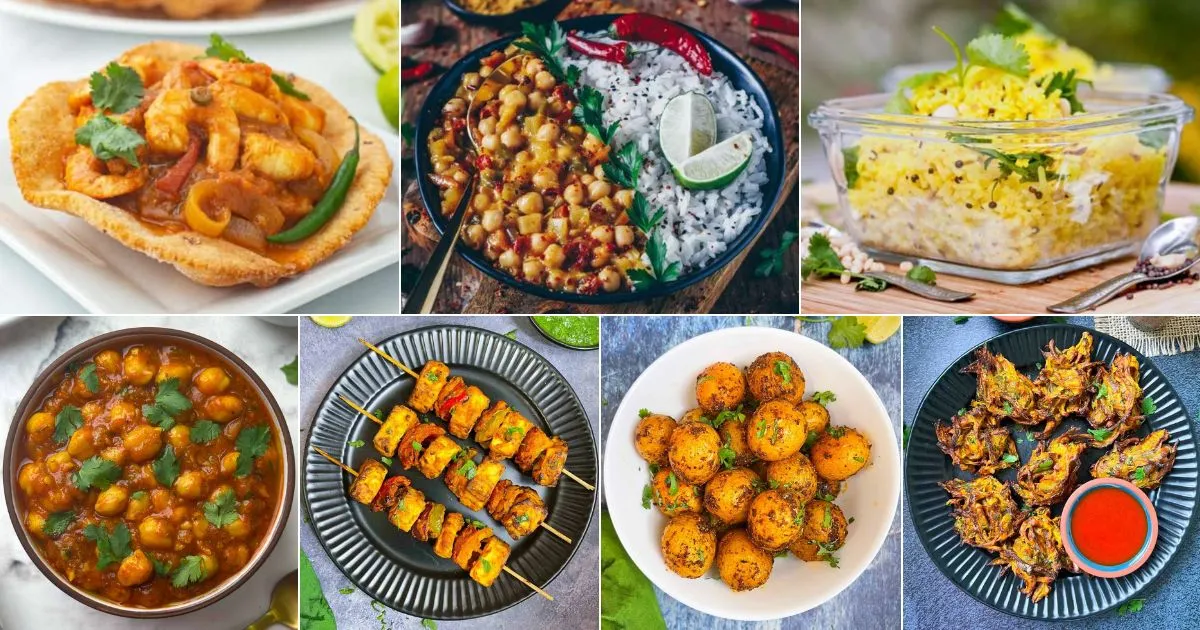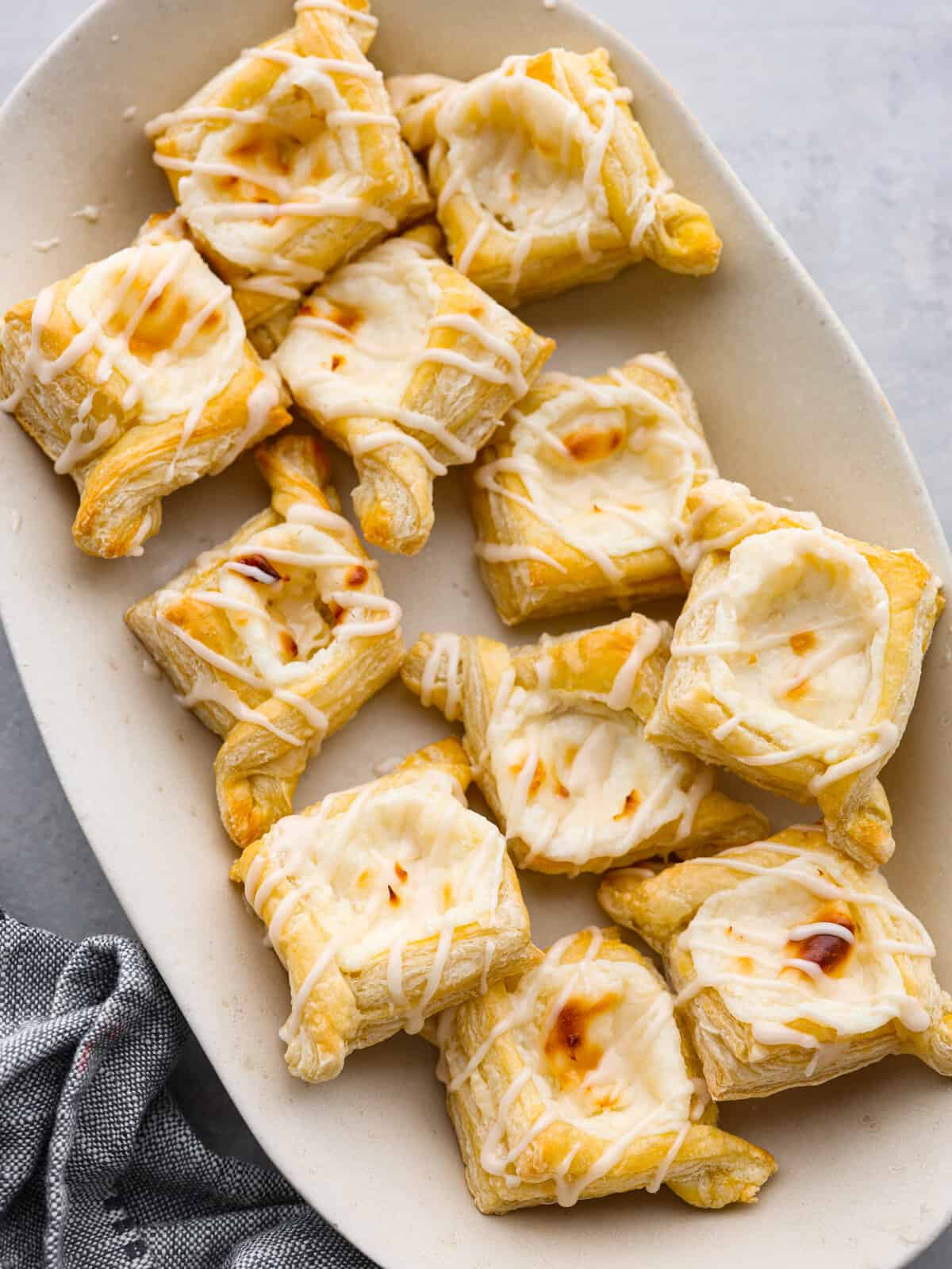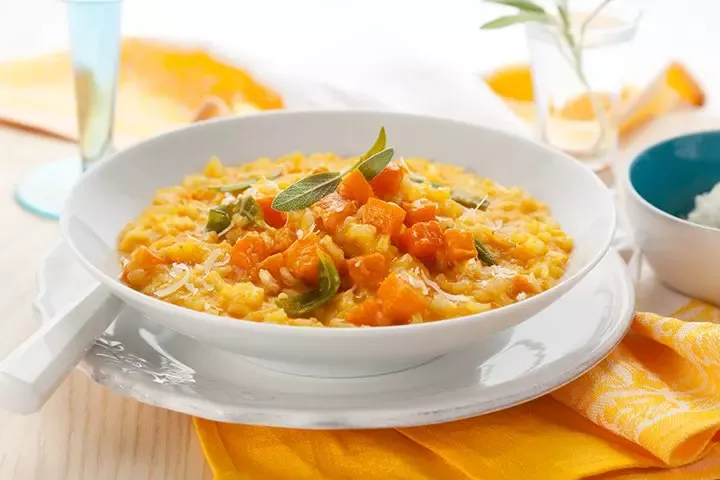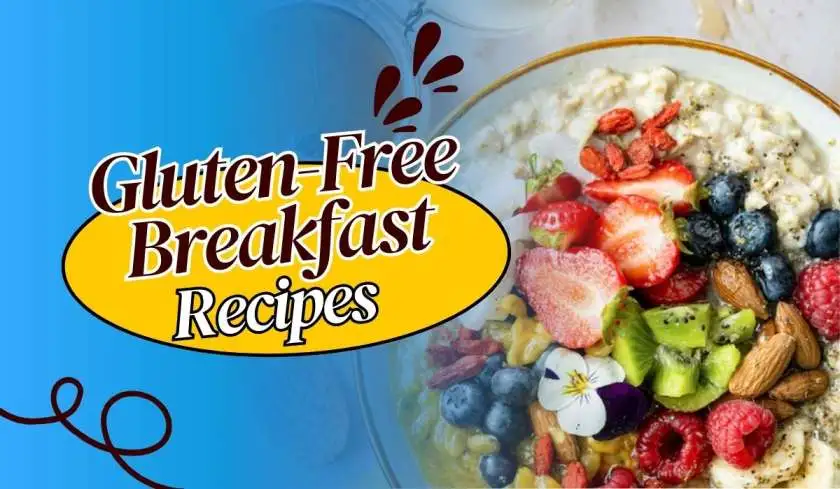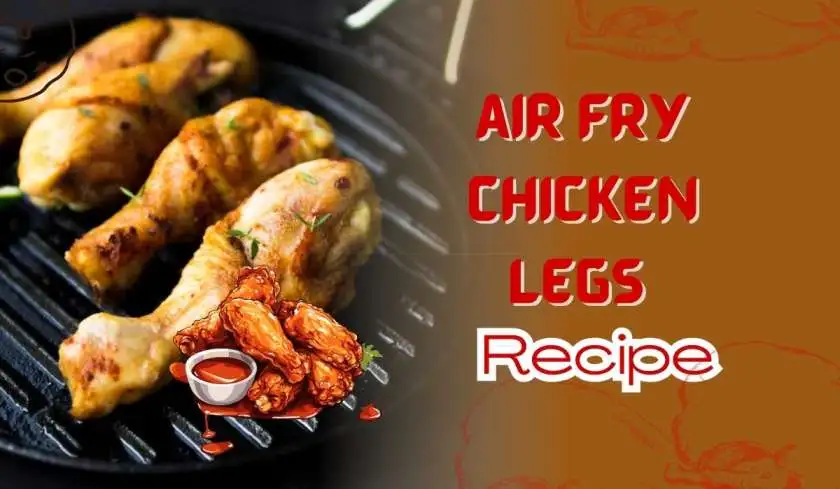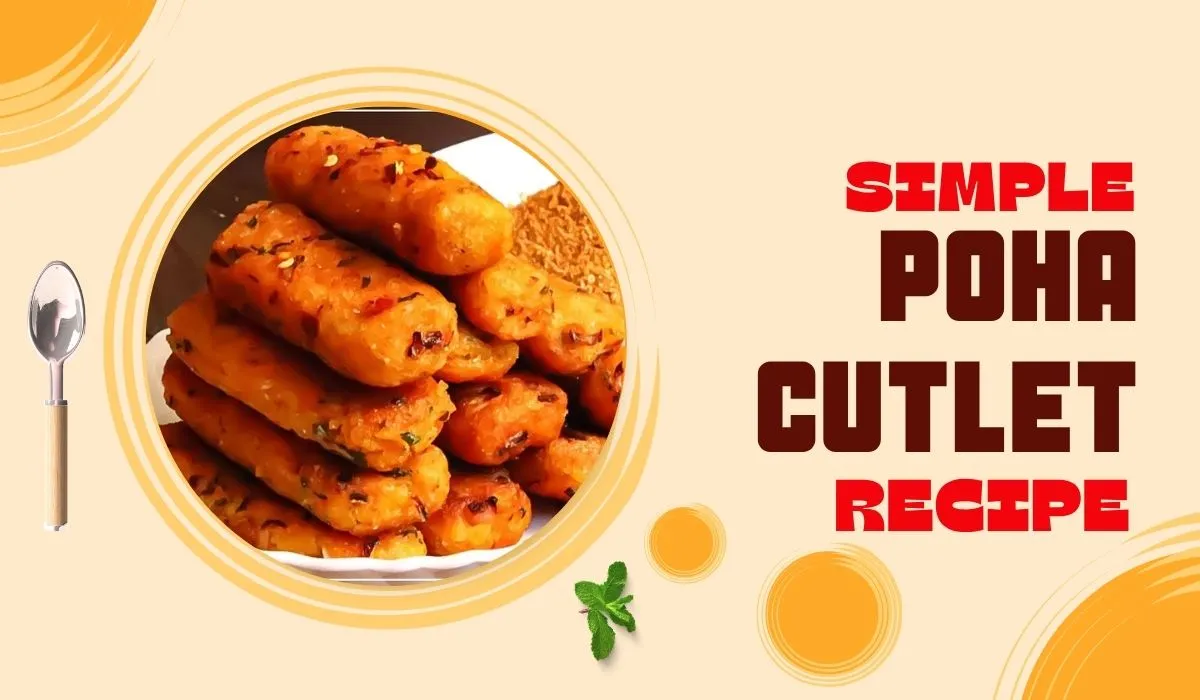Living with celiac disease changed how I look at food forever. When I first got diagnosed, I worried I'd have to give up my favorite Indian dishes. But guess what? I was wrong! Indian cuisine is actually perfect for people who can't eat gluten. Many traditional Indian recipes naturally skip wheat and use rice, lentils, and other gluten-free ingredients instead.
In this article, I'll share my favorite gluten-free Indian recipes that are safe for people with celiac disease. I'll also give you tips on which ingredients to watch out for and how to make your kitchen safe for cooking without gluten.
My Journey With Gluten-Free Indian Recipes for Celiac Disease
When the doctor told me I had celiac disease five years ago, I felt lost. I love cooking Indian food - the spices, the flavors, the comfort it brings! I worried my kitchen adventures were over.
The first few weeks were tough. I kept finding hidden gluten in places I never expected. But slowly, I realized something wonderful - many of the Indian dishes I grew up loving were already naturally gluten-free! With a few simple swaps, I could enjoy almost all my favorites without getting sick.
Now I want to share what I've learned with you. Whether you're newly diagnosed or just cooking for someone with celiac disease, these recipes will bring joy and flavor to your table!
Understanding Celiac Disease and the Need for Gluten-Free Indian Food
Before we dive into the recipes, let's talk about what celiac disease actually is. It's not just a food preference or sensitivity - it's an autoimmune disorder where eating gluten damages the small intestine. Even tiny amounts of gluten can cause problems for people with celiac disease.
Gluten is a protein found in wheat, barley, and rye. In Indian cooking, this mostly means watching out for:
- Wheat flour (atta) used in rotis and naans
- Suji (semolina) in some sweets
- Barley in some beverages
- Hidden gluten in store-bought spice mixes
The good news? Rice, lentils, chickpeas, and most vegetables and spices are naturally gluten-free! These are the building blocks of many delicious Indian dishes.
Benefits of Indian Cuisine for People With Celiac Disease
Indian food is actually a treasure trove for those with celiac disease. Here's why:
- Many dishes are rice-based instead of wheat-based
- Lentils and beans are staple proteins
- Fresh spices and herbs add flavor without gluten
- Numerous recipes use chickpea flour instead of wheat
- Traditional cooking methods often avoid cross-contamination
Dr. Priya Sharma, a gastroenterologist specializing in celiac disease, says: "Indian cuisine offers exceptional variety for celiac patients. The abundance of naturally gluten-free grains like rice, millet, and amaranth, combined with protein-rich lentils and flavor-packed spices, makes for nutritionally complete meals that don't sacrifice taste."
Essential Gluten-Free Ingredients for Indian Cooking
Let's look at the safe ingredients that will become your new best friends:
- Rice flour - perfect for many breads and desserts
- Besan (chickpea flour) - makes amazing pakoras and desserts
- Jowar (sorghum flour) - great for flatbreads
- Bajra (pearl millet) - makes wonderful rotis
- Rice - basmati is the king of Indian cuisine
- Lentils (dal) - come in many varieties, all gluten-free
- Fresh spices - always better than pre-mixed blends that might contain wheat
I keep these ingredients in clearly labeled containers to avoid any mix-ups in my kitchen.
Setting Up a Safe Gluten-Free Kitchen for Indian Cooking
Before we start cooking, let's make sure your kitchen is safe:
- Dedicated cutting boards - I use wooden ones for gluten-free foods only
- Separate toaster - to avoid crumbs from regular bread
- Clean utensils - especially colanders, which can trap gluten particles
- Fresh cooking oil - never reuse oil that's been used for gluten-containing foods
- Labeled spice jars - to prevent cross-contamination from shared spoons
A small investment in these items will keep you safe from accidental gluten exposure.
Breakfast Recipes: Gluten-Free Indian Morning Meals
Gluten-Free Indian Recipes for Celiac Disease: Breakfast Solutions
Breakfast is often the hardest meal for those with celiac disease. Here are some delicious options:
Dosa (Rice and Lentil Crepes)
Dosas are naturally gluten-free crepes made from fermented rice and lentils. They're crispy, slightly tangy, and perfect with chutney.
Ingredients:
- 2 cups rice
- 1 cup urad dal (black gram)
- 1 teaspoon fenugreek seeds
- Salt to taste
- Oil for cooking
Method:
- Soak rice, urad dal, and fenugreek seeds separately for 4-6 hours
- Grind them into a smooth batter and mix
- Let ferment overnight in a warm place
- Add salt and thin with water if needed
- Heat a non-stick pan, pour a ladleful of batter, and spread in a circular motion
- Drizzle oil around the edges and cook until golden
- Serve with coconut chutney or sambar
I make a big batch of batter on weekends and enjoy fresh dosas all week!
Gluten-Free Upma with Quinoa
Traditional upma uses semolina, which contains gluten. My version uses quinoa instead - it's nutritious and has a similar texture.
Ingredients:
- 1 cup quinoa, rinsed well
- 1 onion, finely chopped
- 1 green chili, chopped
- 1 teaspoon mustard seeds
- 1 teaspoon cumin seeds
- 1 tablespoon ginger, minced
- Few curry leaves
- 2 tablespoons oil
- ¼ cup peanuts
- Salt to taste
- Fresh cilantro for garnish
Method:
- Cook quinoa according to package directions and set aside
- Heat oil in a pan and add mustard seeds
- When they pop, add cumin, peanuts, ginger, curry leaves, and green chili
- Add onions and sauté until translucent
- Mix in the cooked quinoa and salt
- Garnish with fresh cilantro
This is my go-to breakfast when I'm in a hurry but want something filling.
Lunch and Dinner: Gluten-Free Main Courses from India
Rice-Based Gluten-Free Indian Recipes for Celiac Disease
Rice is your best friend when you have celiac disease. Here are some delicious rice-based meals:
Gluten-Free Vegetable Biryani
This fragrant rice dish is a one-pot meal that's perfect for family dinners.
Ingredients:
- 2 cups basmati rice
- Mixed vegetables (carrots, peas, beans, potato)
- 1 onion, sliced
- 2 tomatoes, chopped
- 2 tablespoons gluten-free biryani masala
- 1 tablespoon ginger-garlic paste
- ¼ cup yogurt
- Fresh mint and cilantro
- Ghee or oil for cooking
- Salt to taste
Method:
- Soak rice for 30 minutes, then parboil and drain
- In a heavy-bottomed pot, heat ghee and sauté onions until golden
- Add ginger-garlic paste and cook for a minute
- Add vegetables and sauté for 5 minutes
- Mix in tomatoes, spices, and salt
- Stir in yogurt and cook until vegetables are tender
- Layer the parboiled rice over the vegetables
- Sprinkle fresh herbs on top
- Cover tightly and cook on low heat for 20 minutes
- Mix gently before serving
My family can't tell the difference between this and traditional biryani!
Celiac-Safe Dal Khichdi
Khichdi is comfort food at its best - easy to digest and nourishing.
Ingredients:
- 1 cup rice
- ½ cup moong dal (yellow lentils)
- 1 teaspoon cumin seeds
- 1 teaspoon ginger paste
- ½ teaspoon turmeric
- 1 green chili
- 1 tablespoon ghee
- Salt to taste
Method:
- Wash rice and dal together until water runs clear
- Heat ghee in a pressure cooker
- Add cumin seeds and let them splutter
- Add ginger and green chili, sauté for 30 seconds
- Add rice, dal, turmeric, salt, and 3 cups water
- Pressure cook for 2 whistles
- Let pressure release naturally
- Serve hot with a dollop of ghee
When I'm not feeling well, this is my go-to meal - simple, satisfying, and gentle on the stomach.
Gluten-Free Indian Curry Recipes Safe for Celiac Disease
Indian curries are generally gluten-free as long as you avoid thickeners like flour. Here are two favorites:
Chickpea Flour-Based Kadhi
Kadhi is a yogurt-based curry thickened with chickpea flour instead of wheat flour.
Ingredients:
- 2 cups yogurt
- 3 tablespoons besan (chickpea flour)
- 1 teaspoon turmeric
- 1 teaspoon cumin seeds
- 1 teaspoon mustard seeds
- 2-3 dried red chilies
- Few curry leaves
- 2 tablespoons oil
- Salt to taste
Method:
- Whisk yogurt, besan, turmeric, and salt with 2 cups water
- Heat oil in a pot and add cumin seeds, mustard seeds, dried chilies, and curry leaves
- When seeds pop, pour in the yogurt mixture
- Bring to a boil, then simmer for 10-15 minutes, stirring occasionally
- Serve with rice
This tangy curry is perfect for hot summer days!
Naturally Gluten-Free Butter Chicken
Good news - traditional butter chicken is already gluten-free!
Ingredients:
- 1 pound boneless chicken, cut into pieces
- For marinade:
- ½ cup yogurt
- 1 tablespoon ginger-garlic paste
- 1 teaspoon red chili powder
- ½ teaspoon turmeric
- Salt to taste
- For gravy:
- 2 cups tomato puree
- ½ cup cream
- 2 tablespoons butter
- 1 teaspoon garam masala
- 1 teaspoon dried fenugreek leaves (kasuri methi)
- Salt and sugar to taste
Method:
- Marinate chicken for at least 2 hours
- Grill or pan-fry the chicken pieces until cooked
- Heat butter in a pan and pour in tomato puree
- Simmer for 10-15 minutes until it thickens
- Add cream, cooked chicken, fenugreek leaves, garam masala, salt, and a pinch of sugar
- Simmer for another 5 minutes
- Serve with rice or gluten-free naan
I make this whenever we have guests - everyone loves it, whether they're gluten-free or not!
Gluten-Free Indian Breads for People With Celiac Disease
Bread is often the biggest challenge for people with celiac disease. Here are some alternatives to wheat-based rotis and naans:
Rice Flour Dosa-Style Flatbreads
These quick flatbreads don't need fermentation like traditional dosas.
Ingredients:
- 2 cups rice flour
- ½ teaspoon cumin seeds
- 1 green chili, finely chopped
- 1 tablespoon oil
- Salt to taste
- Warm water as needed
Method:
- Mix rice flour, cumin seeds, green chili, and salt
- Add warm water gradually to make a pouring batter
- Heat a non-stick pan and grease lightly
- Pour a ladleful of batter and spread in a circular motion
- Drizzle oil around the edges
- Cook until the edges start to lift up
- Flip and cook the other side
- Serve warm with curry or chutney
These are much easier than traditional dosas and perfect for beginners!
Besan Roti (Chickpea Flour Flatbread)
These protein-rich flatbreads are a great alternative to wheat rotis.
Ingredients:
- 2 cups besan (chickpea flour)
- 1 onion, finely chopped
- 1 green chili, chopped
- ¼ teaspoon ajwain (carom seeds)
- 2 tablespoons oil
- Salt to taste
- Warm water for kneading
Method:
- Mix besan, onion, green chili, ajwain, and salt
- Add water gradually to make a soft dough
- Divide into small balls
- Roll each ball into a thin circle (use rice flour for dusting)
- Cook on a hot griddle, applying oil on both sides
- Cook until golden spots appear on both sides
- Serve hot with pickles or curry
I make these at least twice a week - they're filling and delicious!
Gluten-Free Indian Snacks and Appetizers
Snacks are where hidden gluten often lurks. Here are safe options:
Besan Pakoras (Chickpea Flour Fritters)
Traditional pakoras are already gluten-free, using chickpea flour as the batter.
Ingredients:
- 1 cup besan (chickpea flour)
- Assorted vegetables (onion, potato, spinach, cauliflower)
- 1 teaspoon cumin seeds
- ½ teaspoon red chili powder
- ¼ teaspoon baking soda
- Salt to taste
- Oil for deep frying
Method:
- Mix besan, spices, baking soda, and salt
- Add water to make a thick batter
- Dip vegetable pieces in batter to coat well
- Deep fry in hot oil until golden and crispy
- Drain on paper towels
- Serve hot with mint-coriander chutney
Perfect for rainy evenings with a cup of chai!
Roasted Makhana (Foxnuts) with Indian Spices
This crunchy snack is naturally gluten-free and much healthier than chips.
Ingredients:
- 2 cups makhana (foxnuts)
- 1 tablespoon ghee
- ½ teaspoon red chili powder
- ½ teaspoon chaat masala
- ¼ teaspoon turmeric
- Salt to taste
Method:
- Heat ghee in a pan
- Add makhana and roast on low heat for 5-7 minutes, stirring continuously
- Once crisp, add all the spices and salt
- Toss to coat evenly
- Let cool completely before storing in an airtight container
These are my go-to snack when cravings hit!
Gluten-Free Indian Desserts Safe for Celiac Patients
Indian desserts often use rice, milk, and nuts rather than wheat. Here are some sweet treats:
Rice Flour Payasam (Rice Pudding)
This creamy dessert is perfect for celebrations.
Ingredients:
- ½ cup rice flour
- 4 cups milk
- ½ cup sugar
- ¼ cup chopped nuts (almonds, pistachios)
- ¼ teaspoon cardamom powder
- Few strands of saffron
- 1 tablespoon ghee
Method:
- Heat ghee in a heavy-bottomed pan
- Add rice flour and roast for 2-3 minutes until fragrant
- Gradually add milk, stirring continuously to avoid lumps
- Bring to a boil, then simmer for 15-20 minutes, stirring occasionally
- Add sugar, cardamom powder, and saffron
- Cook for another 5 minutes
- Garnish with chopped nuts
- Serve warm or chilled
My kids always ask for this on special occasions!
Besan Ladoo (Chickpea Flour Sweet Balls)
These melt-in-your-mouth treats are naturally gluten-free.
Ingredients:
- 2 cups besan (chickpea flour)
- 1 cup ghee
- 1 cup powdered sugar
- ¼ cup chopped nuts
- ½ teaspoon cardamom powder
Method:
- Heat ghee in a heavy-bottomed pan
- Add besan and roast on low heat for 15-20 minutes until it turns golden and fragrant
- Let cool slightly, then add powdered sugar, nuts, and cardamom
- Mix well and shape into small balls while still warm
- Store in an airtight container once completely cool
These keep well for weeks and are perfect for satisfying sweet cravings!
How to Eat Out Safely With Celiac Disease at Indian Restaurants
Eating out can be tricky, but these tips have helped me enjoy Indian food safely:
- Call ahead - talk to the restaurant about your needs
- Ask about the kitchen setup - is there a separate preparation area?
- Stick to naturally gluten-free dishes like dosas, idlis, and rice-based meals
- Question the ingredients in curries - some restaurants use flour as thickener
- Watch out for marinades - they sometimes contain wheat
- Skip the naan and ask if they have rice-based alternatives
Nutritionist Anita Joshi recommends: "When dining out with celiac disease, don't be afraid to ask detailed questions about ingredients and preparation methods. In Indian restaurants specifically, inquire whether shared fryers are used for both wheat-containing items and naturally gluten-free foods like pakoras."
Common Hidden Sources of Gluten in Indian Cooking
Beware of these sneaky gluten sources:
- Store-bought spice blends - may contain wheat as anti-caking agent
- Hing (asafoetida) - often mixed with wheat flour
- Ready-made chutneys - might use wheat as thickener
- Packaged snacks - even "rice-based" ones may contain wheat
- Restaurant sauces - sometimes thickened with flour
I always make my own spice blends at home to be absolutely sure they're gluten-free.
Health Benefits of Gluten-Free Indian Cuisine
Going gluten-free isn't just about avoiding symptoms - Indian cuisine offers many health benefits:
- High in protein from lentils and beans
- Rich in fiber from whole grains like rice and millet
- Packed with antioxidants from spices like turmeric and cumin
- Good fats from ghee and coconut
- Probiotics from fermented foods like dosa and idli batter
Dr. Rajesh Kumar, a nutritionist specializing in celiac disease, notes: "Traditional Indian cuisine is exceptionally well-suited for celiac patients. The emphasis on rice, lentils, fresh vegetables, and healing spices provides excellent nutrition while naturally avoiding gluten. The fermentation processes used in many dishes also improve digestibility and nutrient absorption."
FAQs About Gluten-Free Indian Cooking for Celiac Disease
Is rice always gluten-free?
Yes, rice in all forms (white, brown, basmati) is naturally gluten-free and safe for people with celiac disease.
Can I eat store-bought curry powder?
Be cautious with pre-mixed spice blends. Some may contain wheat as an anti-caking agent. Look for those specifically labeled gluten-free or make your own at home.
Are all lentils gluten-free?
Yes, all varieties of lentils are naturally gluten-free. However, always check packaged lentils for potential cross-contamination.
Is hing (asafoetida) safe for celiac disease?
Most commercial hing contains wheat flour. Look for gluten-free versions or omit it from recipes.
Can I eat pappadums if I have celiac disease?
It depends. Traditional pappadums made from lentil flour are gluten-free, but some commercial varieties may contain wheat. Always check labels.
Is Indian street food safe for celiac patients?
Generally not recommended due to high risk of cross-contamination. It's safer to recreate street food favorites at home where you control the ingredients.
Final Thoughts
Living with celiac disease doesn't mean giving up flavorful Indian food. In fact, it's been a journey of discovery for me - finding new ingredients, trying different techniques, and creating meals that are both safe and delicious. Indian cuisine, with its focus on rice, lentils, and fresh ingredients, offers endless possibilities for gluten-free eating. By understanding the basics and making simple substitutions, you can enjoy the rich flavors and aromatic spices without worry.

